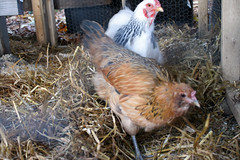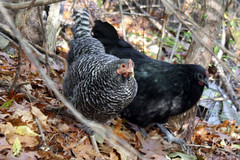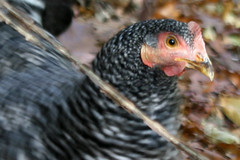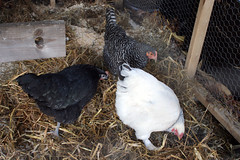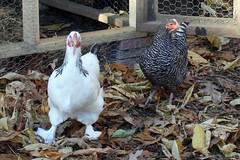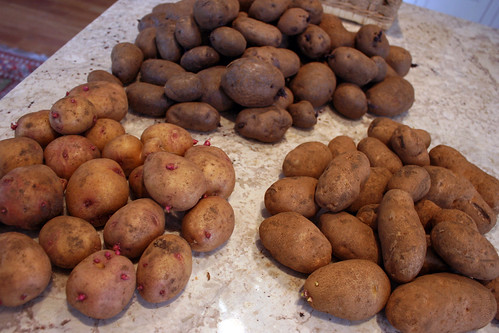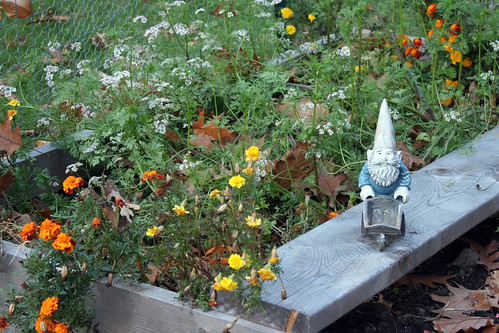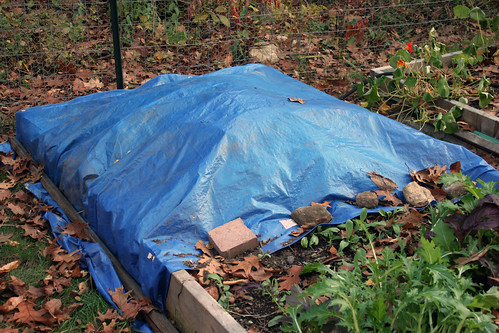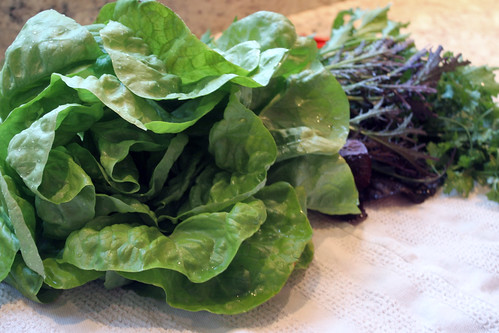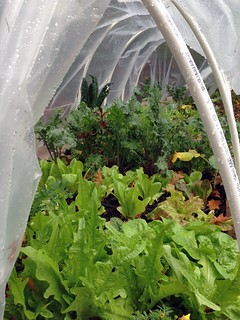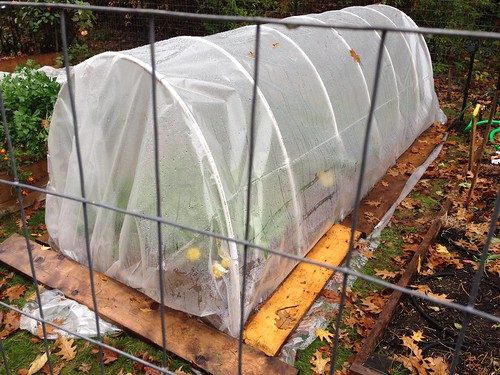Today I spent about 3 hours at my community plot and was happy to get to ALL SET (! YEAH!!) for the impending season - not to be named...
Accomplished:
- Planted 76 cloves of garlic, then mulched it with old salt marsh hay that was on my garden paths for the summer
- Cut down asparagus ferns and laid them on the patch for mulch, weeded the patch and added salt hay mulch
- Piled trash (3 old chairs, rotted edging wood from my 6 yr old raised beds that have reached their age limit) to the corner of the garden for disposal next spring
- Cut down 4 enormous (!) dead tomato vines, raspberry vines, and giant sunflowers and raked
- Stomped down my compost bin and then piled up a BIG pile of garden debris that didn't fit in the bin (The more compost material the better! I compost everything the plot produces. I am happy to have SO much this year. I think more than usual.)
- Raked flat 7 garden beds, scattered winter rye seed, and hand raked it in
Late: Yes, I am very late this year in planting garlic and winter rye seed. This is my rational: I planted as soon as I could. There are lots of other things I did on time this fall,... these I did not. Garlic, I have planted at all different timings though the past 8 or so years and find most of the results depend on the quality of the bulbs going in and the soil and garden conditions. I do not think the late garlic planting will affect my garlic quality next year.
The winter rye, I have less experience with. But, here's my thought. I planted on Nov 10, the start of the Persephone Period in the Boston area. Light is less than 10 hours per day now and nothing grows now. We don't have enough light for plants to grow anymore. OK. But roots grow now. The garlic will be rooting. I have found that rye will sprout and begin to root during warm periods in the winter and then will take off in the spring. Even a little growth can help hold the soil structure in heavy spring rains. Depending on the weather we get, my 30 minutes of work and $3 of seed may be helpful. Or, maybe not.
